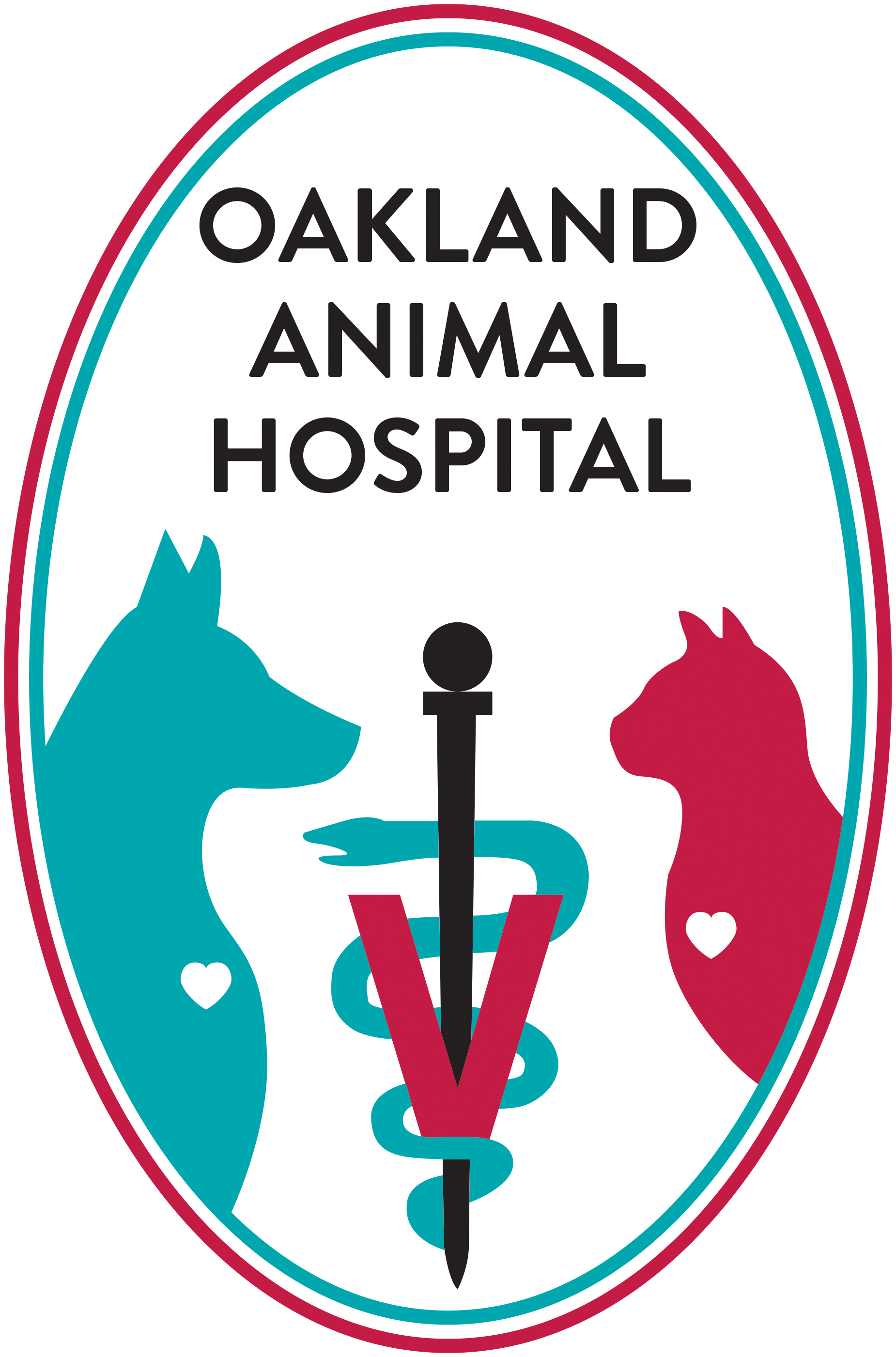Health insurance: Whether you’re thinking about your own coverage, or you’re considering coverage for your dog or cat, it can be confusing and overwhelming. While we can’t tell you what to do about your own health insurance, here’s some information to ponder when considering insurance for your pet.
The numbers
According to the North American Pet Health Insurance Association (NAPHIA), more than 1.4 million pets in the U.S. and 200,000 pets in Canada were insured at year-end 2015. The vast majority of pet insurance plans purchased—97 percent—covered accidents, illnesses, and preventive care.
How pet insurance works
Like insurance for humans, deductibles, copayments, premiums, and coverage can vary widely between the different pet policies and companies. The biggest difference between pet insurance and human insurance: You typically have to pay your veterinary bill in full and wait for the insurance company to reimburse you, although, some pet insurance companies will now pay the veterinary hospital directly, which decreases your upfront out-of-pocket costs.
Factors that will affect your pet insurance cost
Do you have a dog? A cat? How old is your pet? Is your pup a purebred or a mixed breed? Some breeds are more susceptible to various health conditions, which will impact your premium.
NAPHIA found that the average annual premium for pet health insurance in 2015 was $464 in the U.S. and $537 in Canada. While those numbers may seem high, consider what you might have to pay if your pet faces an unexpected health emergency.
Check out this article by Consumer Reports, which compares the costs of several pet insurance companies for two specific pets: a dog and a cat.
What’s covered?
According to the American Animal Hospital Association, in addition to the typical accident, illness, and wellness coverage, there are several less common (and more expensive) conditions that pet health insurance will cover:
- Treatment of hereditary conditions
- Organ and bone marrow transplants
- Mobility aids (prosthetics, carts, and orthotic devices)
- Stem cell therapy and platelet-rich plasma therapy (PRP)
- Laser therapy
- Behavior modification therapy
- 3D printing (3D CT scans)
- Alternative therapies (massage, acupuncture, cannabis therapy, and more)
- Cyberknife radiation therapy and other oncology care
- Pacemaker implantation
Still on the fence? lendedu has some interesting thoughts on pet insurance.
Is Pet Insurance Worth it?
There is no simple answer to that, and it would be different for every pet owner. It is possible to pay thousands of dollars for one of the best pet insurance policies throughout a pet’s life and never need the coverage. Of course, the same can be said about home or auto insurance. The basic premise of pet insurance is the same as any type of coverage – to transfer a financial risk that you couldn’t afford to cover yourself or could be covered more efficiently.
Why Do You Buy Insurance on Anything?
The question you have to ask yourself is, “Would I be willing and able to spend over $4,000 to save my pet in a life-threatening situation? If you answer, “yes,” then pet insurance could be a good investment. It would provide the cushion you need for such a big expense. If you don’t have the money but are willing to go into debt to save your pet’s life, pet insurance might be a better alternative. Either way, you should not expect a positive payoff unless your pet becomes seriously ill or injured. However, you should expect and receive an emotional payoff that brings you peace-of-mind knowing you will be able to take care of your pet.
Ask us if pet insurance would benefit you at your pet’s next exam.
Need an appointment? Have questions?
The Oakland Animal Hospital is here to help! Contact us today.
CONTACT US

